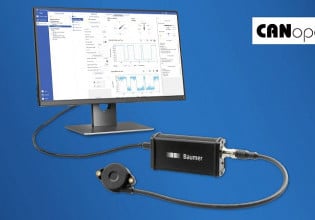S
Good Afternoon,
We have orifice plates in 10" line pipe for air flow measurement in air blower suction line. DP transmitter is connected where we get air flow. Now it is showing less air flow as compared to blower discharge flow. We checked all impulse lines and transmitter configuration also. But there were no changes. Due to negative pressure in line we could not justify the leakage. What will be probable cause? We want to install a new parallel flow meter, what type will be good for it?
We have orifice plates in 10" line pipe for air flow measurement in air blower suction line. DP transmitter is connected where we get air flow. Now it is showing less air flow as compared to blower discharge flow. We checked all impulse lines and transmitter configuration also. But there were no changes. Due to negative pressure in line we could not justify the leakage. What will be probable cause? We want to install a new parallel flow meter, what type will be good for it?






